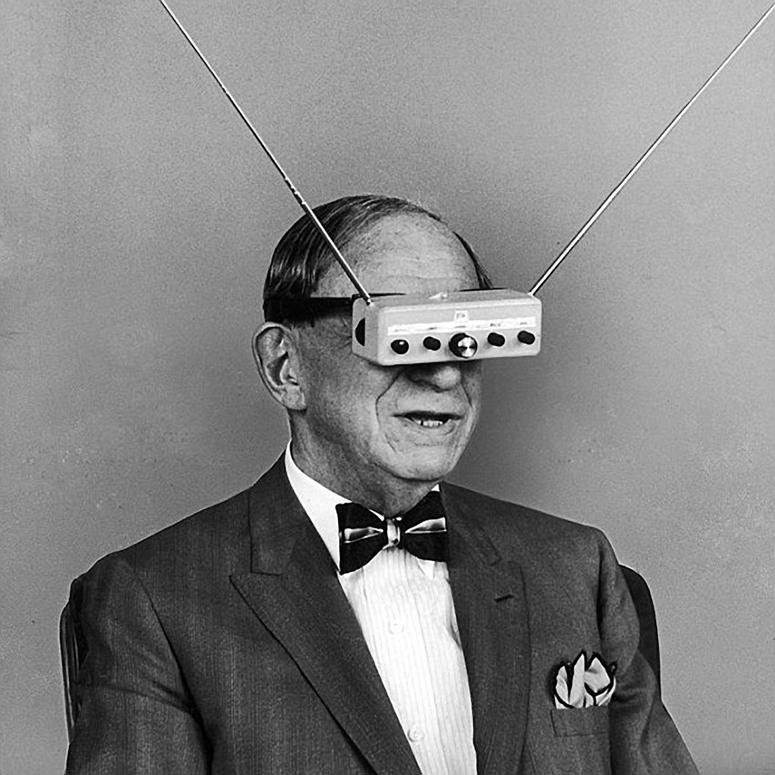The man has a craving for conquering new worlds. One of them is the virtual reality environment – a computer-generated ambiance giving a feeling of live presence in an artificial 3D dimension. Staying on the other side of the screen involves sight, hearing and touch, affecting your sensations and reactions. A convincing imitation is created considering human habitual behavior and objects around him, presenting a unique opportunity to interact with the surroundings. In game engines like Unreal Engine, Unity or Quake Engine, the virtual reality gives more possibilities than the real one – you can walk on water, fight dragons, fly, over leap huge territories and create items with unique properties.

It’s hard to believe, the first 3D movie dates back to 1911. A prototype closer to modern virtual reality gear was publicly offered in 1968. The invention of Ivan Sutherland was fixed to the ceiling with a bundle of wires, so one could put the hanging mask on, view the objects in 3D and evaluate their volume. Sega VR, the first attempt to bring updated VR equipment to the market in 1993, was doomed not even hitting the shelves. Being heavy and bulky, causing nausea, disorientation and vertigo, the project was closed down right after it was considered health destructive.

Some time ago it was hard to imagine such an outbreak of VR popularity. In 2012 Oculus VR headset pioneered on Kickstarter and had an instantaneous sold-out, heralding VR technologies market boom in 2015. From now on, it’s not only an entertaining but rather a training and marketing tool for surgeons, engineers, pilots and astronauts. Forecasts say that in less than 10 years virtual reality technologies will entirely penetrate our life, starting from school. However, there is a lot of prejudice against the technology nowadays. The heavyweight gear lacks mobility, has an excessive amount of wires attached and most commonly accounts for dizziness and headache caused by picture delay and insufficient computing power.
Lunas shows virtual reality tours at MIPIM property market

For many people investing in property is a once-in-a-lifetime decision accompanied by lots of input – both material and emotional. Sometimes loans are taken, friends and family are involved in the decision-making process which makes it almost impossible to find an optimal solution for everyone. When a residential block is still under construction, people buy not only the living space, but the idea of it – and the more appealing the image is, the more likely one is to take a leap of faith and purchase some abstract blocks that are to-be-built apartments.
That’s exactly when artificial environment comes to the rescue – allowing the viewer to wander the yet unbuilt residence on the outside, marvel at how the surroundings would look like in different lighting and estimate what future housing has to offer – be it stunning views on the pier, children’s playground, skateboarding rink or tennis court. Possibilities are endless!
Yet the exterior might not be convincing enough if we’re selling condos. Then come on in and choose from various flat layouts the most suitable for the client’s needs. Bigger demand? Bigger accommodation! Show him around a penthouse to lure the buyer into reconsidering in his favor – there’s so much more that one can do with such an area. Switch between finishes options, refurbish the suite in real time – if there’s something that you don’t like even after having changed all imaginable textures – just throw it out of the window and be done with it. Each ambiance can be tailored to consumer’s wants – you can portray it as a family’s safe haven or a bachelor’s loft-style den.
VR tour is a perfect medium for creating a strong emotional connection between the dwelling and the person – after having put so much effort into redecoration how can one resist implementing it into reality?
Take this for a spin, apartments and buildings aren’t the only things that this hi-tech tool caters for. Let’s say you’re a furniture manufacturer. Wouldn’t it be more convenient if you didn’t have to drag all the possible sofas in all their imaginable finishes into a photo studio to shoot them in various interiors? Allow us to recreate these places in 3D and let your client decide on the textiles in a blink of an eye.

With each day at MIPIM international real estate exhibition cyberspace popularity grew and our stand became more and more filled with visitors. We even managed to spread the word about our immersive VR presentation in the MIPIM daily newspaper. Lunas’ CEO Slava Oganesyan elaborated on the creative process of 3D visualization and dispelled all myths about virtual reality.
The boundaries between real and unreal are getting increasingly vague – when in the goggles, tripping over the 3D chair feels almost real and “falling out of a window” is almost as frightening. Everything that is happening around us proves that in the matter of decades virtually recreated reality will appeal to all of the senses with little or almost no gear involved.

Future calls for VR – portable, effortless and appealing solution for manufacturers, real estate developers, architects and their clientele. Lunas Visualization studio is here to ensure the future is now.